Data
You will be redirected to cenamweb.org in 15 second(s). The JINA-CEE website is not updated anymore. The archived website can still be reached through the CeNAM website.
2023 CeNAM Frontiers in Nuclear Astrophysics Meeting
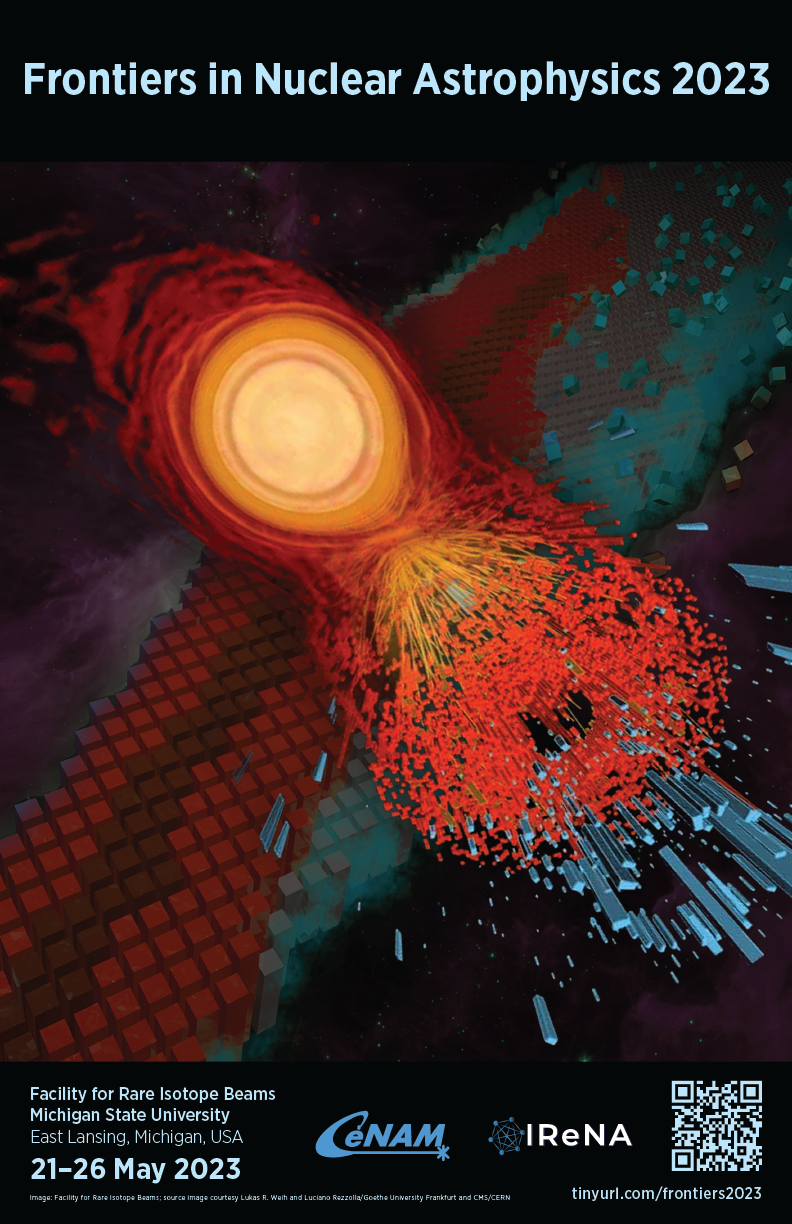
The 2023 CeNAM Frontiers in Nuclear Astrophysics Meeting took place at Michigan State University on May 21-26. This meeting restarted the series of former JINA and JINA-CEE Frontiers meetings with support from the Department of Energy Office of Science, Office of Nuclear Physics under the new Center for Nuclear Astrophysics across Messengers (CeNAM). CeNAM brings together researchers in nuclear physics, astronomy, astrophysics, and other relevant fields to discuss progress and future directions in the understanding of the origin of the elements and the nuclear physics of stars in the multi-messenger era. CeNAM Frontiers also included participants from the International Research Network for Nuclear Astrophysics (IReNA), offering opportunities for international networking. In total, 160 scientists from 59 institutions in 15 countries participated.
The meeting was entirely organized by a group of early career researchers from across the CeNAM and IReNA collaborations. Led by their chair and co-chair, Ruchi Garg and Artemis Tsantiri, respectively, the organizing committee worked for several months in every aspect of the meeting, from inviting speakers and selecting contributed talks, to selecting the food menus served throughout the event. We are especially thankful to all of them!
A novel aspect of this meeting was the addition of a special day dedicated to new frontiers in multi-messenger astronomy of importance for nuclear astrophysics, with a separate program committee led by Dr. Wei Jia Ong from Lawrence Livermore National Laboratory.
Meet the 2023 Frontiers Organizing Committee:

Ruchi Garg, FRIB, Michigan State University (Committee chair)
I am a postdoc at the Facility for Rare Isotope Beams (FRIB) working on SECAR with the Nuclear Astrophysics group. I obtained my PhD at University of York, where I researched the rotational excitation of the Hoyle State.
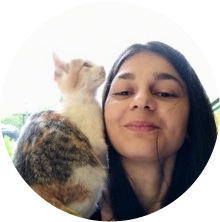 Artemis Tsantiri, FRIB, Michigan State University (Committee co-chair)
Artemis Tsantiri, FRIB, Michigan State University (Committee co-chair)
I am a PhD student from Greece working at FRIB at Michigan State University. My research is focused on experimentally measuring or constraining nuclear reactions relevant to the astrophysical γ process.
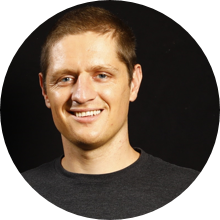 Alexander Adams, FRIB, Michigan State University
Alexander Adams, FRIB, Michigan State University
I am a 2nd year Ph.D. candidate in Physics at Michigan State University, using the GADGET II system to make measurements of the 59Cu(p, alpha) and 59Cu(p, gamma) reactions which strongly affect the light curve of type I X-ray bursts. I received a B.S in Computer Engineering with a minor in Physics from UC Santa Barbara 2012, and a M.S. in Astronautical Engineering from University of Southern California in 2013.
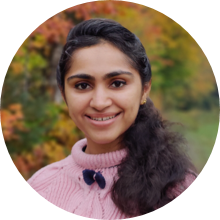 Kushi Bhatt, Argonne National Laboratory
Kushi Bhatt, Argonne National Laboratory
I obtained my PhD from Western Michigan University by studying the process responsible for the synthesis of heaviest known p-nucleus Hg-196 (isotope of mercury) at astrophysically relevant energies. I am currently a postdoc at Argonne National Laboratory and my research project focuses on optimization and delivery of secondary charge particle beams using machine learning.
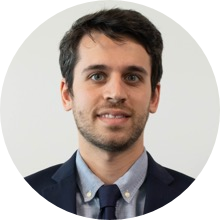 Luca Boccioli, University of Notre Dame
Luca Boccioli, University of Notre Dame
I work on simulations of core-collapse supernovae, and I am interested in understanding what causes the explosion of massive stars. I will be defending my Ph.D. from the University of Notre Dame soon and I will start a postdoc at UC Berkeley in the Fall.
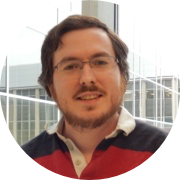 Eric Britt, FRIB, Michigan State University
Eric Britt, FRIB, Michigan State University
I am a graduate student in astrophysics at Michigan State University. I run simulations of carbon fusion on neutron stars trying to replicate observations of superbursts.
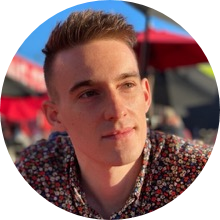 Tamas Budner, Argonne National Laboratory
Tamas Budner, Argonne National Laboratory
In 2022, I earned my Ph.D. in Physics from Michigan State University for my research on 31Cl beta-delayed proton decay and its implications for classical nova nucleosynthesis. I am currently a postdoctoral appointee at Argonne National Laboratory, where I am developing new data analysis tools for gamma-ray spectroscopy.
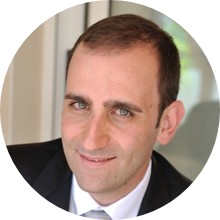 Roger Caballero-Folch TRIUMF Laboratory, Canada
Roger Caballero-Folch TRIUMF Laboratory, Canada
I obtained my PhD within the Nuclear Engineering and Ionizing Radiation program at the Universitat Politècnica de Catalunya working in experiments in the neutron-rich regions determining half-lives and beta-delayed neutron probabilities. After postdocs in the exotic spectroscopy group and the target group at TRIUMF, I am currently a Radiation Physicist at TRIUMF, Canada.
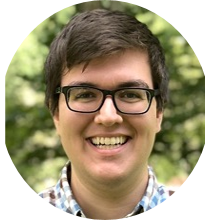 Joseph Derkin, Ohio University
Joseph Derkin, Ohio University
I am currently working on my PhD at the Edwards Accelerator Laboratory at Ohio University. My research focuses on reaction-based neutron source production for studying s-process reaction rates.
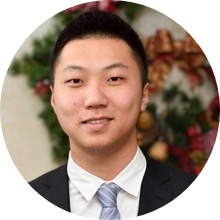 Ruoyu Fang, University of Notre Dame
Ruoyu Fang, University of Notre Dame
I am a graduate student at the University of Notre Dame working with Prof. Manoel Couder on the St. George recoil mass separator. Before Notre Dame, I finished my undergraduate degree at Michigan State University. My research focuses on developing cutting edge techniques to measure rare nuclear reactions that are crucial to nucleosynthesis.
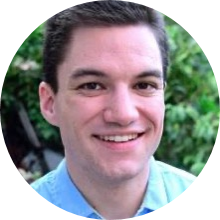 Justin Grace, Michigan State University
Justin Grace, Michigan State University
I am currently a PhD student at Michigan State University using computational models to study the crusts of accreting neutron stars.

Yenuel Jones-Alberty, Ohio University
I am a PhD candidate at Ohio University. My research focuses on experimentally studying reactions of astrophysical significance, specifically the 10Be(p,n)10B reaction, at the Edwards Accelerator Laboratory
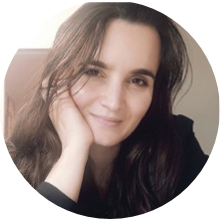
Eliana Masha, Helmholtz Zentrum Dresden Rossendorf, Germany
I obtained my PhD at University of Milan, Italy, working on cross section measurements on Neon isotopes at LUNA laboratory (Italy).I am currently a postdoc ChETEC-INFRA at HZDR (Germany) and my research focuses on underground experimental nuclear astrophysics mainly at Felsenkeller facility (Germany) and LUNA laboratory (Italy).
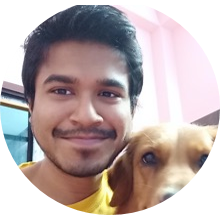
Chiranjib Mondal, Université Libre de Bruxelles, Belgium
I am a postdoctoral fellow in institute of astronomy and astrophysics, ULB, Brussels. I am working on building equation of state for neutron stars, particularly their impact on generating gravitational waves.
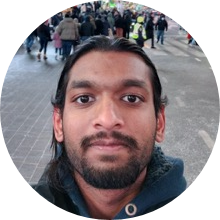 Pranav Nalamwar, University of Notre Dame
Pranav Nalamwar, University of Notre Dame
I'm a second-year PhD at Notre Dame studying neutron star mergers and globular clusters. My work focuses on nuclear data sensitivities associated with the r-process.
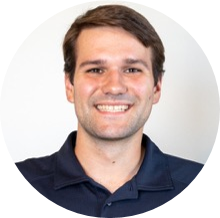 Sam Porter, University of Notre Dame
Sam Porter, University of Notre Dame
I'm a Ph.D student at the University of Notre Dame working with ion traps to study nuclear beta decay, the r-process and exotic nuclear structure. I earned my M.Sc degree at the University of British Columbia while working at TRIUMF, doing similar work.
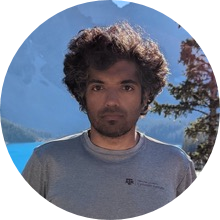 Sriteja Upadhyayula, TRIUMF Laboratory, Canada
Sriteja Upadhyayula, TRIUMF Laboratory, Canada
I obtained my PhD from Texas A&M University's Cyclotron Institute working on clustering dynamics in light nuclei and active target detector development. I am currently a postdoc at TRIUMF, with the DRAGON/TUDA group and my research focuses on nuclear astrophysics reactions.
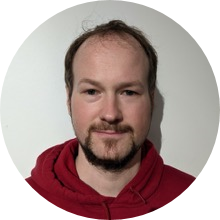
Louis Wagner, TRIUMF Laboratory, Canada
I received my PhD from the Technical University Dresden, Germany, for cross section measurements of fusion reactions governing the CNO cycle in the sun. After a 3-year postdoc at FRIB working on transfer reactions for X-ray bursts, I'm currently working at TRIUMF as a postdoc for the mass spectrometer EMMA and the recoil separator DRAGON. Both are great tools to continue my research on X-ray bursts and other explosive stellar environments.
 Kaitlin Webber, Texas A&M University
Kaitlin Webber, Texas A&M University
I am currently a third year graduate student at Texas A&M University. My research focuses on chemical abundance analysis of stars in ultra faint dwarf galaxies and stellar streams.
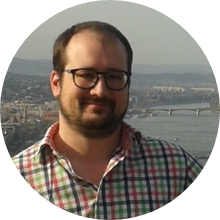
Benjamin Wehmeyer, Konkoly Observatory, Hungary and Univ. Hertfordshire, UK
I obtained my PhD at the University of Basel working on including magneto-rotationally driven supernovae as r-process sources into a 3D Galactic chemical evolution (GCE) model. During my postdoc at North Carolina State University I studied the impact of failed supernovae on GCE. Currently, I am learning about the impact of including short lived radioactive isotopes in GCE. I am working at both the Konkoly Observatory in Hungary as well as at the University of Hertfordshire, UK.
